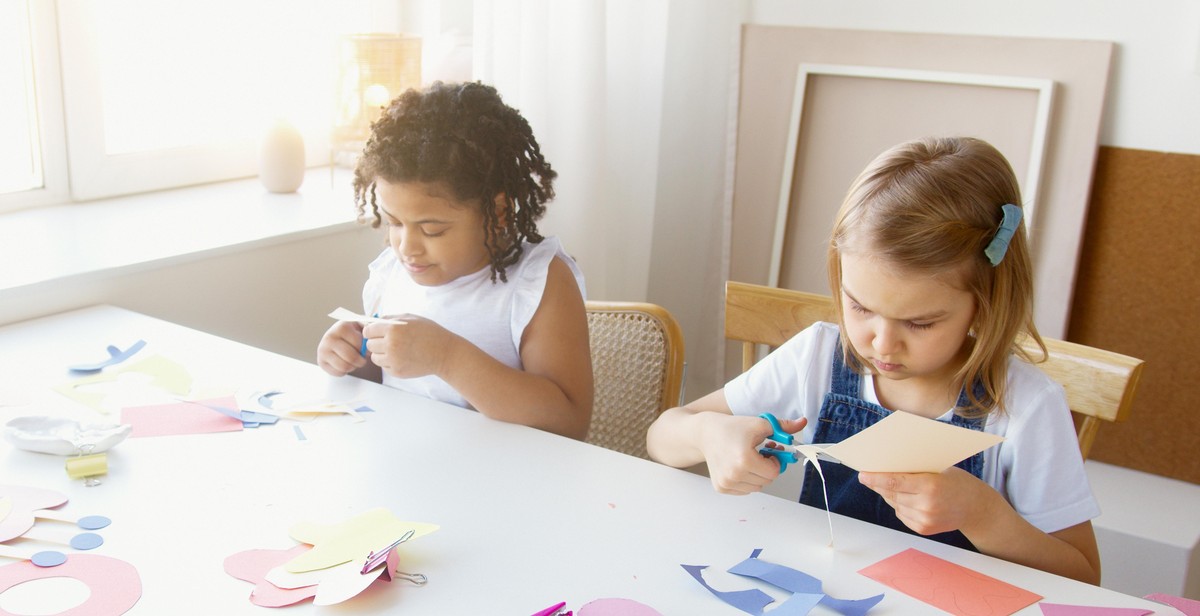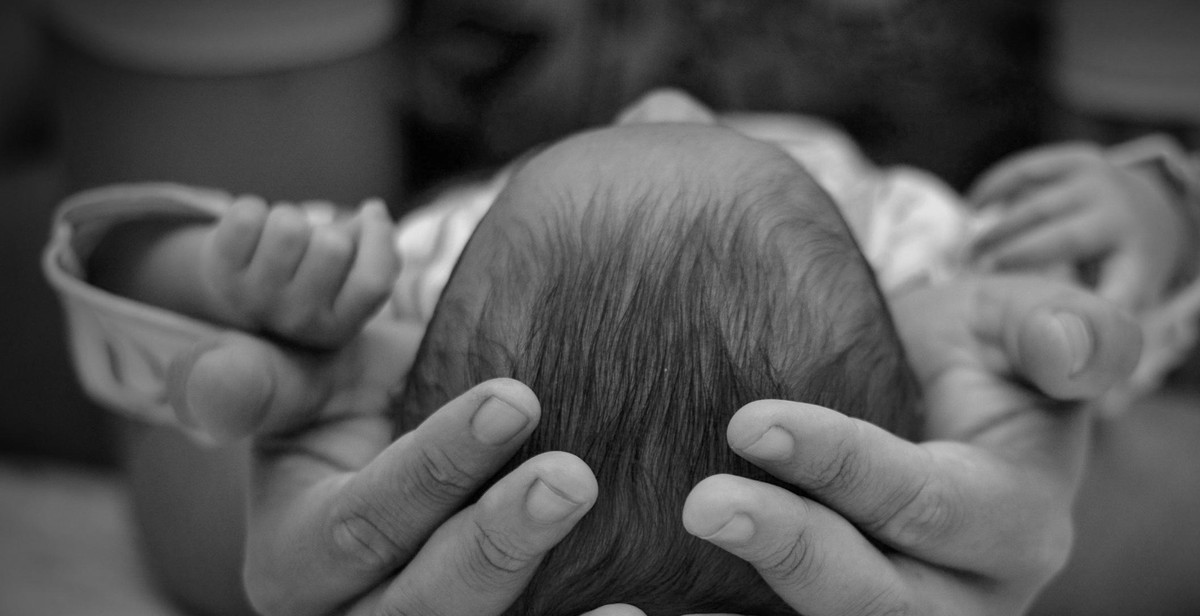How to Talk to Children about Earthquakes: Communicating Safety and Reassurance
As a professional article writer and content creator, I have had the opportunity to write on various topics, but few have been as important as this one. Earthquakes are a natural disaster that can be both scary and confusing for children. As parents, caregivers, or educators, it is our responsibility to communicate with children about what earthquakes are, what to do during an earthquake, and how to stay safe.
Having experienced earthquakes myself, I understand the fear and anxiety that can come with them, especially for children. It is crucial to approach the topic with sensitivity and empathy, while also providing accurate information that can help children feel empowered and prepared.
In this article, we will discuss some effective ways to talk to children about earthquakes, including age-appropriate language, visual aids, and safety drills. We will also explore ways to provide reassurance and support to children who may be feeling anxious or scared.
- Understanding earthquakes: what they are and how they happen
- Communicating with children effectively: age-appropriate language and visual aids
- Preparing for earthquakes: safety drills and emergency plans
- Providing reassurance and support to children
By the end of this article, you will have a better understanding of how to talk to children about earthquakes in a way that is informative, reassuring, and empowering.

Understanding Earthquakes
Earthquakes are one of the most unpredictable and destructive natural disasters. They occur when there is a sudden release of energy from the Earth’s crust, which causes seismic waves that can shake the ground violently. Earthquakes can happen anywhere in the world, at any time, and can cause significant damage to buildings, roads, and other infrastructure.
Causes of Earthquakes
There are several causes of earthquakes, including:
- Tectonic activity: The majority of earthquakes are caused by movements in the Earth’s crust. When two tectonic plates collide, one may be forced under the other, causing friction and pressure to build up. The sudden release of this pressure can cause an earthquake.
- Volcanic activity: Earthquakes can also be caused by volcanic activity, such as the movement of magma beneath the Earth’s surface.
- Human activity: Human activities such as drilling, mining, and the construction of large dams can also cause earthquakes.
The magnitude of an earthquake is measured on the Richter scale, which ranges from 1 to 10. The higher the number, the more severe the earthquake. Earthquakes with a magnitude of 7 or above are considered major earthquakes and can cause significant damage and loss of life.
Earthquake Preparedness
While earthquakes are unpredictable and can happen at any time, there are steps you can take to prepare for them. These include:
- Creating an emergency kit that includes food, water, and medical supplies.
- Securing heavy furniture and other items that could fall and cause injury.
- Identifying safe places in your home or workplace where you can take cover during an earthquake.
- Practicing earthquake drills with your family or coworkers so that everyone knows what to do in the event of an earthquake.
By understanding the causes of earthquakes and taking steps to prepare for them, you can help keep yourself and your loved ones safe during an earthquake.

Preparing for an Earthquake
Earthquakes can strike without warning, making it crucial to prepare in advance. Here are two important steps you can take:
Identifying Safe Spots
Identifying safe spots in your home and school is an essential part of earthquake preparedness. Teach your children to identify safe spots where they can take cover during an earthquake. These spots should be away from windows, mirrors, and anything that can fall on them. Examples of safe spots include:
- Under a sturdy table or desk
- Against an interior wall
- In a corner
It’s important to practice getting to these safe spots quickly. In case of an earthquake, knowing where to go can prevent injuries.
Creating an Emergency Plan
Creating an emergency plan is another crucial step in earthquake preparedness. Make sure your children know what to do in case of an earthquake. Your emergency plan should include:
- Evacuation routes
- Meeting places
- Contact information for family members and emergency services
Make sure your children know how to call for help and practice the emergency plan regularly. This will help them feel more prepared and less anxious in case of an earthquake.
| Item | Description |
|---|---|
| Evacuation routes | Identify the safest routes out of your home and school |
| Meeting places | Choose a safe place to meet after an earthquake |
| Contact information | Keep a list of important phone numbers handy |

Talking to Children about Earthquakes
Earthquakes can be a frightening experience for children, especially if they have never experienced one before. As a parent or guardian, it is important to communicate with your child about earthquakes in an honest and age-appropriate way. Here are some tips on how to talk to your child about earthquakes:
Be Honest and Age-Appropriate
It is important to be honest with your child about earthquakes and what they can do. However, it is also important to tailor your conversation to your child’s age and level of understanding. For younger children, keep the explanation simple and avoid using scary or graphic language. For older children, you can provide more detailed information about what causes earthquakes and what to do in case of an emergency.
It is also important to emphasize that earthquakes are a natural occurrence and not anyone’s fault. This can help alleviate any feelings of guilt or blame that your child may experience.
Offer Reassurance and Comfort
After discussing earthquakes with your child, it is important to offer reassurance and comfort. Let your child know that you are there to keep them safe and that there are steps you can take to prepare for an earthquake. You can also establish a plan for what to do in case of an earthquake, such as where to go and what to bring.
Encourage your child to ask questions and express their feelings about earthquakes. Listen to their concerns and validate their emotions. This can help them feel more secure and less anxious about the possibility of an earthquake.
Remember, talking to your child about earthquakes can help them feel more prepared and less scared in case of an emergency. By being honest, age-appropriate, and offering reassurance and comfort, you can help your child feel more confident and safe.

Handling Children’s Reactions
Children’s reactions to earthquakes can vary widely depending on their age, personality, and previous experiences. As a parent or caregiver, it’s important to recognize and validate their feelings while providing coping strategies to help them feel safe and secure.
Recognize and Validate Feelings
It’s normal for children to feel scared, anxious, or confused after an earthquake. As a parent or caregiver, it’s important to acknowledge their feelings and let them know that it’s okay to feel that way. You can say something like:
- “I know that was scary. It’s normal to feel scared after an earthquake.”
- “It’s okay to feel anxious. I’m here to help you feel safe.”
- “I can see that you’re confused. Let’s talk about what happened and how we can stay safe.”
By recognizing and validating their feelings, you can help your child feel heard and understood. This can also help them feel more comfortable talking to you about their fears and concerns.
Provide Coping Strategies
After acknowledging your child’s feelings, you can provide coping strategies to help them feel safe and secure. Here are some ideas:
- Reassure them that you will keep them safe and that you have a plan in case of another earthquake.
- Encourage them to talk about their feelings and concerns.
- Provide distractions such as games, puzzles, or art activities to help take their mind off of the earthquake.
- Teach them calming techniques such as deep breathing or visualization exercises.
- Involve them in earthquake preparedness activities such as creating an emergency kit or practicing earthquake drills.
By providing coping strategies, you can help your child feel more in control and less anxious about earthquakes. It’s important to remember that every child is different and may respond to different strategies. Be patient and try different approaches until you find what works best for your child.

Conclusion
Earthquakes can be a scary topic for children to understand. However, it’s essential to communicate with them in a way that they can comprehend and feel safe. As a parent or caregiver, you can use this guide to help you talk to your children about earthquakes.
Remember to keep your conversation age-appropriate and use simple language. Encourage your children to ask questions and express their feelings. Reassure them that they are safe and that you will take care of them in case of an emergency.
It’s also important to prepare your home and family for an earthquake. Make sure that you have an emergency kit and plan in place, and practice earthquake drills with your family. This will help your children feel more confident and secure.
Finally, keep in mind that talking to your children about earthquakes is an ongoing process. As they grow and learn, their understanding of earthquakes may change, and they may have new questions and concerns. Stay open and available to talk with them, and continue to provide them with the reassurance and information they need to feel safe.
| Key Takeaways: |
|
Stay Safe and Informed
For more information on earthquake safety and preparedness, visit the Ready.gov Earthquakes page. Stay informed about earthquakes and other natural disasters in your area by signing up for alerts and updates from your local government and emergency management agencies.
